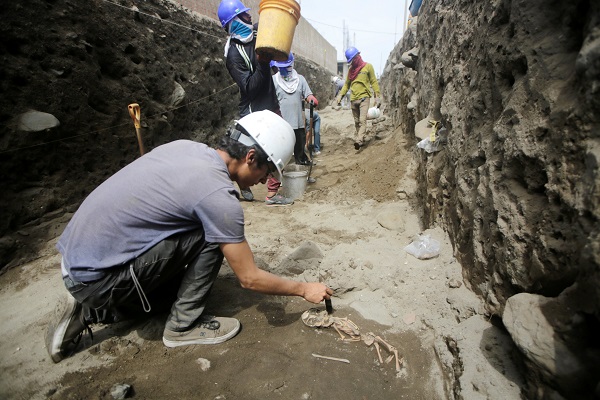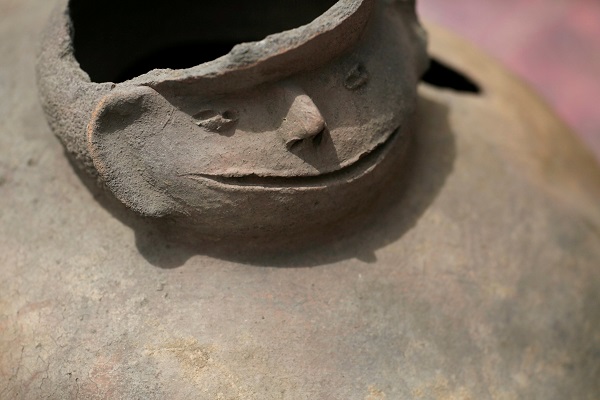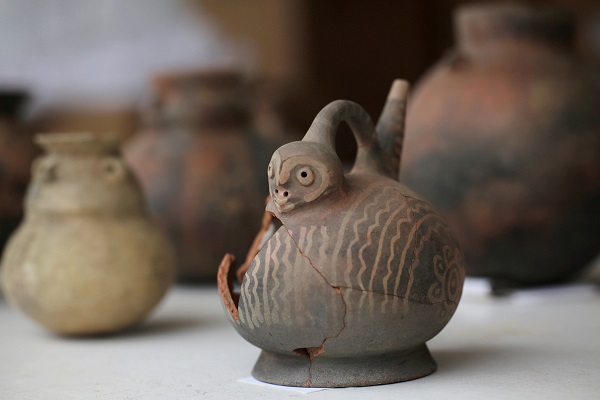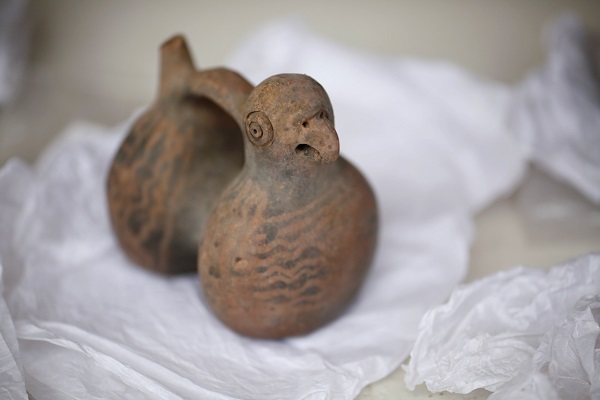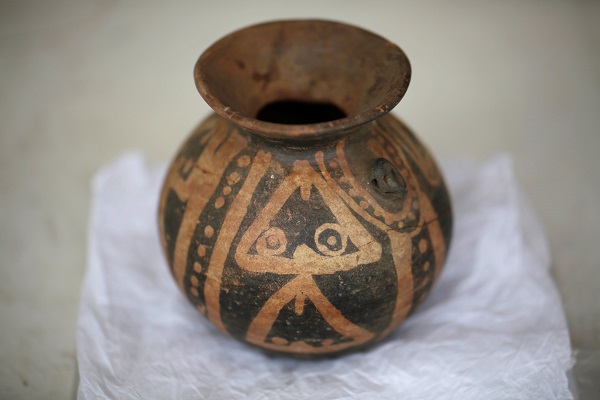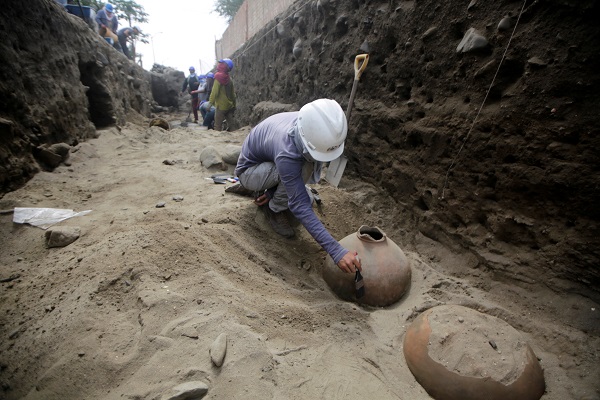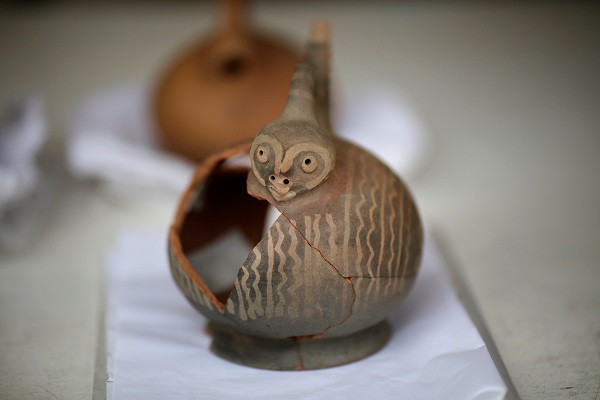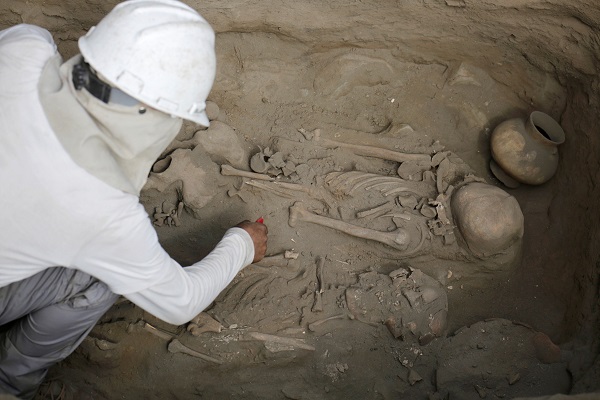Multimedia
> Galleries
Ancient Peruvian Tombs, Pottery Reveal Glimpse of Chimu Culture
IN PICTURES: Archaeologists are unearthing tombs and human remains from the Chimu culture, which ruled the north coast of Peru between about 850AD and 1470AD, after which the Chimu were conquered by Inca Emperor Topa Inca Yupanqui.
Among the finds at the archaeological site in Trujillo are examples of Chimu pottery, often adorned with maritime motives.
 8
8
Archaeologists unearth tombs and human remains from the Chimu culture in Trujillo, Peru.
Photo:Reuters
The Chimu are best known for their distinctive monochromatic pottery and fine metal working of copper, gold, silver, bronze, and tumbaga (copper and gold).
Photo:Reuters
Mostly metallic black-grey and mass-produced, Chimu pottery is often adorned with maritime motives.
Photo:Reuters
Many of the symbolic representations revolve around people's relationship with the sea.
Photo:Reuters
Maritime elements include clam shells, geometric patterns that reflect waves and references to sea birds and coastal animals.
Photo:Reuters
Chimu territory consisted of a narrow strip of desert, 20 to 100 miles wide, between the Pacific and the western slopes of the Andes, crossed here and there by short rivers.
Photo:Reuters
The Chimu were known to have worshipped the moon. It's believed they considered it more powerful than the sun, which was preferred by the Inca Empire.
Photo:Reuters
One of the earliest known examples of distance communication is a Chimu device consisting of two resin-coated gourds connected by a 75-foot length of twine.
Photo:Reuters
 8
8 